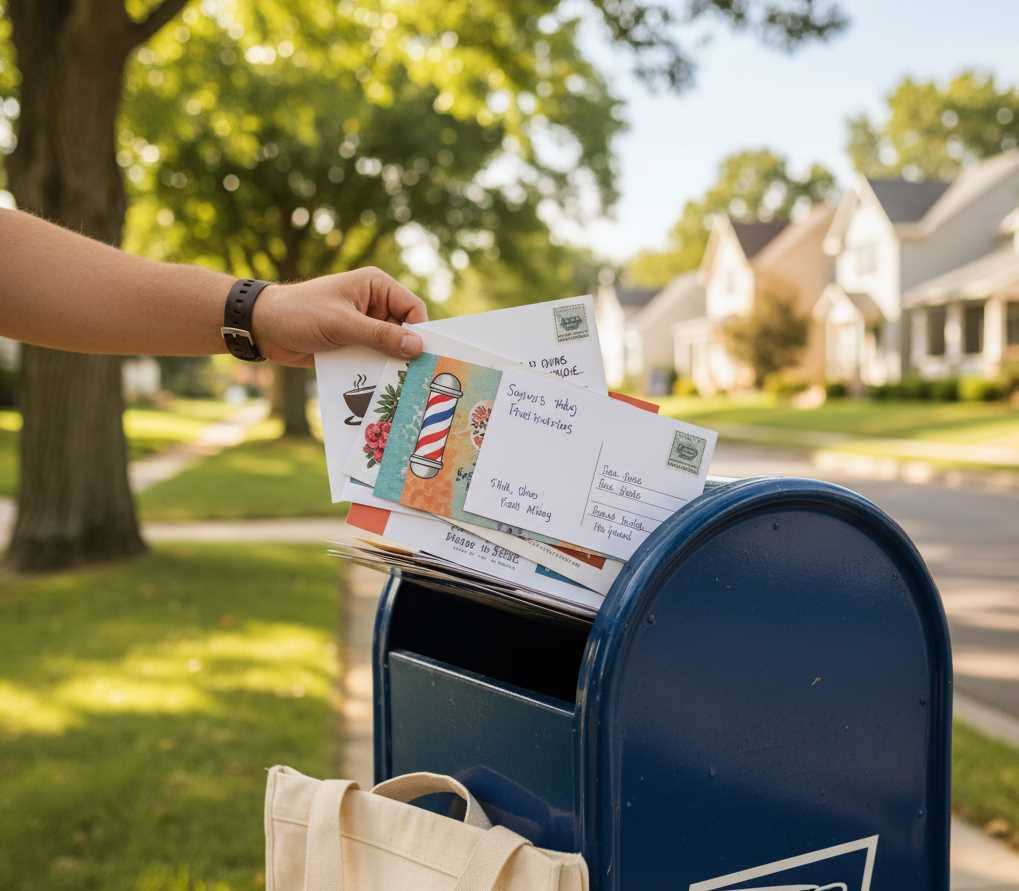In today’s digital-first world, small businesses often find themselves competing against big brands with massive online ad budgets. While online channels are important, traditional marketing still holds immense power, especially for local audiences. When approached creatively, offline strategies can stretch every dollar and build genuine connections that last. In this post, we’ll explore seven cost-effective traditional marketing tactics designed specifically for small businesses operating on a shoestring budget. From community partnerships to guerrilla campaigns, you’ll learn how to stand out, drive foot traffic, and boost sales without overspending.
Why Traditional Marketing Still Matters for Small Businesses

Despite the rise of social media and search ads, traditional marketing channels like print, direct mail, events, and in-store promotions remain vital for reaching local audiences. These methods offer tangible experiences that online campaigns can’t always replicate. A well-placed flyer or a memorable guerrilla stunt can spark word-of-mouth referrals and build community trust more effectively than another email blast. Furthermore, offline touches can complement digital efforts, creating a cohesive omnichannel strategy that maximizes reach and reinforces brand messaging.
Top 7 Cost-Effective Traditional Marketing Strategies
1. Community Partnerships
Partnering with complementary local businesses, non-profits, or community groups can extend your reach without heavy spending. For example, a coffee shop might team up with a nearby bookstore to offer mutual discounts or co-host small events. These collaborations introduce your brand to new audiences and share costs for promotional materials, venue rentals, and advertising, making every dollar go further.
2. Local Print Advertising
Print advertising in community newspapers, regional magazines, or niche newsletters remains surprisingly affordable. Negotiate package deals, opt for smaller ad sizes, or choose off-peak publication dates to lower costs. The key is targeting: select publications whose readership aligns with your ideal customer profile. A well-designed half-page ad, paired with a clear call-to-action, can drive considerable foot traffic and generate phone inquiries without breaking your budget.
3. Direct Mail and Door-to-Door Campaigns

Direct mail isn’t dead—it’s often underutilized. Smart segmentation, personalized mailers, and eye-catching designs can achieve open rates far above email. Consider postcards promoting a grand re-opening, coupons for first-time customers, or branded magnets that stick on refrigerators. If resources allow, door-to-door flyers in targeted neighborhoods can deliver an even more personal touch. Track responses with unique codes to measure ROI accurately.
4. Event Marketing and Pop-Ups
Hosting or participating in local events puts your brand in front of engaged audiences. Pop-up shops, weekend market stalls, and charity fundraisers provide opportunities to showcase products, collect leads, and drive immediate sales. Keep costs low by sharing booth space with partners, using DIY signage, and offering simple giveaways like branded stickers or discount vouchers that encourage follow-up visits.
5. In-Store Promotions and Visual Merchandising
Elevate the customer experience inside your store with themed promotions and eye-catching displays. Seasonal window decals, DIY chalkboard signage, and strategically placed product bundles can influence purchase decisions. Train staff to upsell and cross-sell relevant items. A well-executed in-store campaign can increase average transaction values and generate social media buzz when customers share photos of your creative displays.
6. Referral and Loyalty Programs
Word-of-mouth remains one of the most powerful marketing tools. Encourage existing customers to refer friends by offering discounts, freebies, or loyalty points for every successful referral. A simple punch card system or digital loyalty app can turn occasional buyers into brand advocates. Keep the program straightforward and communicate benefits clearly at the point of sale to maximize participation.
7. Guerrilla Marketing Tactics
Guerrilla marketing leverages creativity over budget. Think sidewalk chalk art guiding foot traffic to your store, branded balloons at busy intersections, or a quirky public installation that ties back to your brand message. These low-cost stunts can generate free media coverage and organic social shares. Always obtain necessary permits and ensure your tactics align with community standards to avoid fines or backlash.
Measuring Success and Optimizing Your Budget
Tracking offline marketing performance is essential for understanding what works. Use unique phone numbers, dedicated landing pages, QR codes on print materials, and coupon codes to attribute leads accurately. Survey new customers about how they discovered you, and analyze sales data before and after each campaign. By monitoring key metrics like foot traffic, redemption rates, and sales lift, you can reallocate your budget toward the most effective channels over time.
Case Study: How Local Bakery Co. Doubled Foot Traffic with $500
Local Bakery Co., a neighborhood favorite, wanted to boost weekday sales. With only $500, they designed a direct mail postcard campaign featuring a limited-time discount, partnered with a nearby gym to display posters, and hosted a small coffee pairing event at a local yoga studio. Within two weeks, they saw a 100% increase in weekday foot traffic and a 30% rise in average order value. By tracking redemption codes and monitoring daily sales, they confirmed the ROI and repeated the strategy quarterly.
Conclusion
Traditional marketing remains a potent tool for small businesses that know how to leverage offline channels strategically. By focusing on community partnerships, targeted print ads, direct mail, events, in-store promotions, referral programs, and guerrilla tactics, you can achieve significant results on a limited budget. Remember to track performance diligently and adjust your approach based on data. With creativity and careful planning, your small business can compete with larger brands and cultivate lasting customer relationships—no massive budget required.
Learn more about: Digital Marketing vs Traditional Marketing: What’s Best for You?









